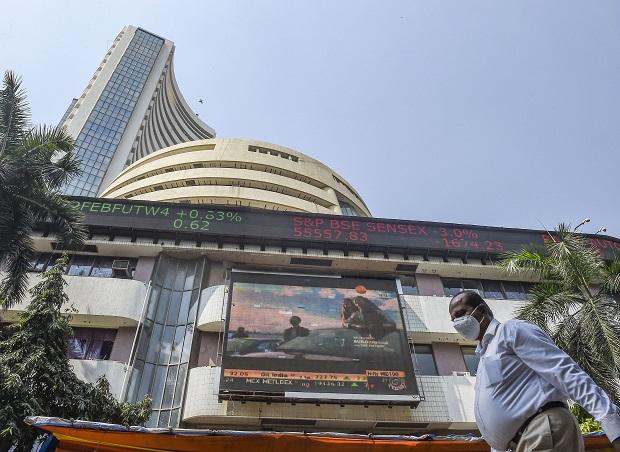India’s markets regulator is looking at whether local mutual fund schemes investing in small and mid-cap stocks would be able to withstand sharp falls in stock prices or sudden outflows, according to two sources with direct knowledge of the matter.
Such funds have seen heavy inflows over the past year, pushing up the prices of small and mid-cap stocks and raising the risks of a steep correction should market conditions suddenly deteriorate.
In talks with the Association of Mutual Funds in India (AMFI) this month, the Securities and Exchange Board of India (Sebi ) asked for small and mid-cap funds’ internal stress tests so it could determine if they would have adequate liquidity to meet any large outflows, the sources said.
A Sebi request to review the results of funds’ stress tests is rare.
While Sebi has completed one round of stress test reviews, it wants funds to test for more adverse scenarios, said one of the sources. The sources declined to be identified as discussions with the regulator were confidential.
Sebi and AMFI did not respond to requests for comment.
Strong economic growth has propelled the benchmark BSE Sensex 20 per cent higher over the past 52 weeks, but the BSE small-cap index has shot up 65 per cent and the mid-cap index has surged 59 per cent as investors latch on to stocks that they see as having greater upside potential.
There have been record inflows into small and mid-cap funds, said the second source.
Mutual funds that invest in small-cap stocks saw inflows of Rs 4,328 crore ($5.2 billion) in 2023, more than double the previous year, according to Value Research.
Inflows into mid-cap funds climbed by a fifth to Rs 2,488 crore.
Mutual funds tend to keep between 1 per cent and 5 per cent of their assets as cash as a prudent measure to meet outflows, according to public documents. There is, however, no minimum regulatory requirement.
Funds need to invest at least 65 per cent of their assets in small-cap stocks to be categorised as a small-cap fund and the remaining 35 per cent can either be in cash or invested in large-cap stocks. The rule is similar for mid-cap funds.
“Very early-stage discussions have happened on whether increasing cash in portfolio and having a buffer of large-cap stocks can help in stress events as a defensive measure,” said one of the sources.
In India, small-cap stocks are defined as those with market caps of less than 50 billion rupees while mid-cap stocks are those with market values of between 50 billion to 200 billion rupees.
First Published: Jan 31 2024 | 1:25 PM IST
Note:- (Not all news on the site expresses the point of view of the site, but we transmit this news automatically and translate it through programmatic technology on the site and not from a human editor. The content is auto-generated from a syndicated feed.))



